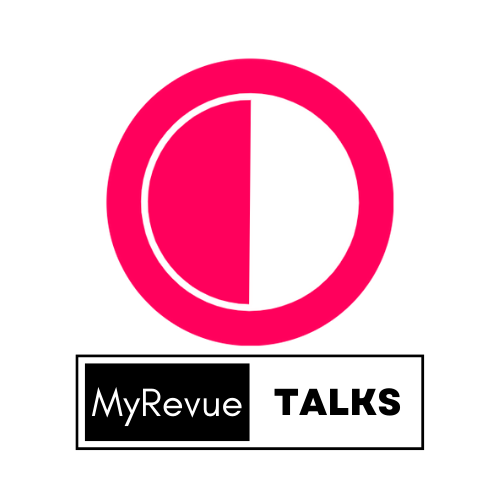User-Generated Content and User-Generated Tutorials
Platforms that host user-generated tutorials should have mechanisms in place to ensure the quality of the content.

Written by Shivangi
Updated on 14/07/2023
<p class="MsoNormal">User-generated content (UGC) refers to any content created
and shared by users rather than being produced by a professional or official
entity. It can take various forms, including text, images, videos, reviews,
tutorials, and more. User-generated tutorials specifically focus on instructional
content created by users to teach others specific skills, techniques, or
processes.<o:p></o:p></p><p class="MsoNormal"><br></p>
<p class="MsoNormal">User-generated tutorials have become increasingly popular
due to the widespread availability of digital platforms and tools that allow
individuals to create and share their knowledge and expertise. Here are some
key aspects of user-generated tutorials:<o:p></o:p></p><p class="MsoNormal"><br></p>
<p class="MsoNormal">Skill sharing: User-generated tutorials provide a platform
for individuals to share their skills and knowledge with a broader audience.
Users who have expertise in a particular area, such as cooking, coding, crafts,
photography, or music, can create step-by-step tutorials to teach others how to
master those skills.<o:p></o:p></p><p class="MsoNormal"><br></p>
<p class="MsoNormal">Accessibility: User-generated tutorials are often created by
individuals who can provide relatable and accessible instruction. They can
break down complex concepts or techniques into simple, easy-to-understand
steps, making the learning process more approachable for beginners.<o:p></o:p></p><p class="MsoNormal"><br></p>
<p class="MsoNormal">Diverse perspectives: User-generated tutorials offer a wide
range of perspectives and approaches to learning. Different users may have
unique insights, alternative methods, or personalized tips and tricks to share.
This diversity allows learners to explore different perspectives and find the
approach that best suits their learning style.<o:p></o:p></p><p class="MsoNormal"><br></p>
<p class="MsoNormal">Real-world examples: User-generated tutorials often
incorporate real-world examples, anecdotes, or case studies. This helps
learners understand how the skills or techniques being taught can be applied in
practical situations, making the learning experience more relatable and
meaningful.<o:p></o:p></p><p class="MsoNormal"><br></p>
<p class="MsoNormal">Interactive and collaborative learning: User-generated tutorials
often encourage interaction and collaboration among learners. Users can ask
questions, seek clarifications, and provide feedback to the tutorial creators.
This fosters a sense of community and creates opportunities for learners to
engage in discussions and learn from each other.<o:p></o:p></p><p class="MsoNormal"><br></p>
<p class="MsoNormal">While user-generated tutorials offer numerous benefits, it's
important to exercise critical thinking and evaluate the quality and accuracy
of the content. Not all user-generated tutorials may be reliable or provide
accurate information. Users should verify information from multiple sources,
cross-reference with professional or authoritative resources, and consider the
expertise and credibility of the tutorial creator.<o:p></o:p></p><p class="MsoNormal"><br></p>
<p class="MsoNormal">Platforms that host user-generated tutorials should have
mechanisms in place to ensure the quality of the content, such as moderation,
rating systems, or user feedback. Additionally, users should actively
participate in providing constructive feedback, reporting inaccuracies, and
contributing to the improvement of user-generated tutorial communities.<o:p></o:p></p>
<p class="MsoNormal"><o:p> </o:p></p>
